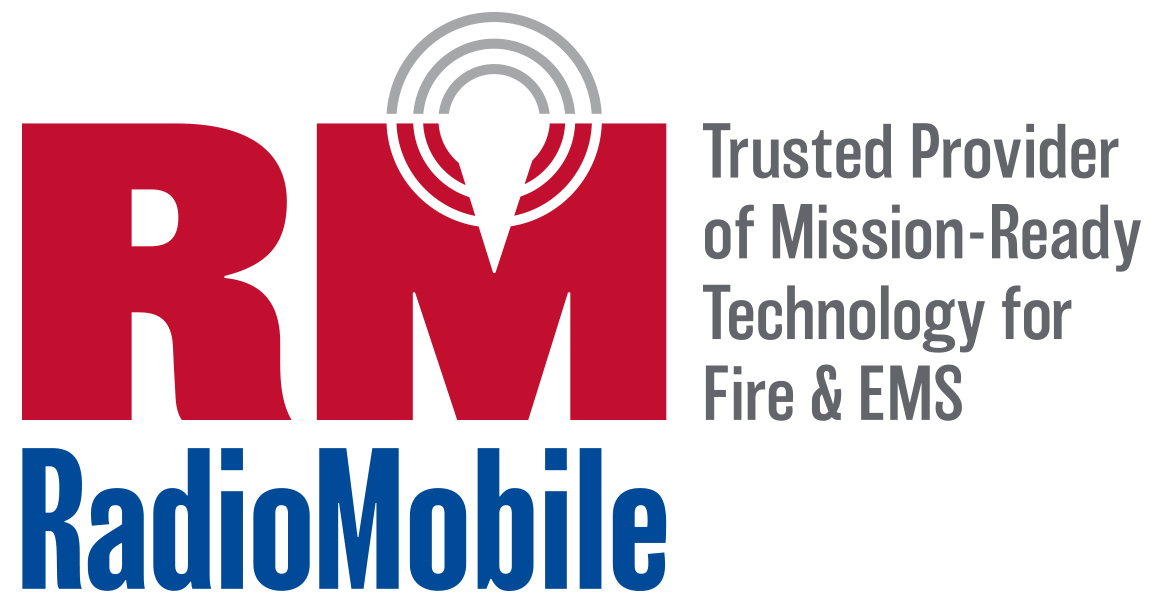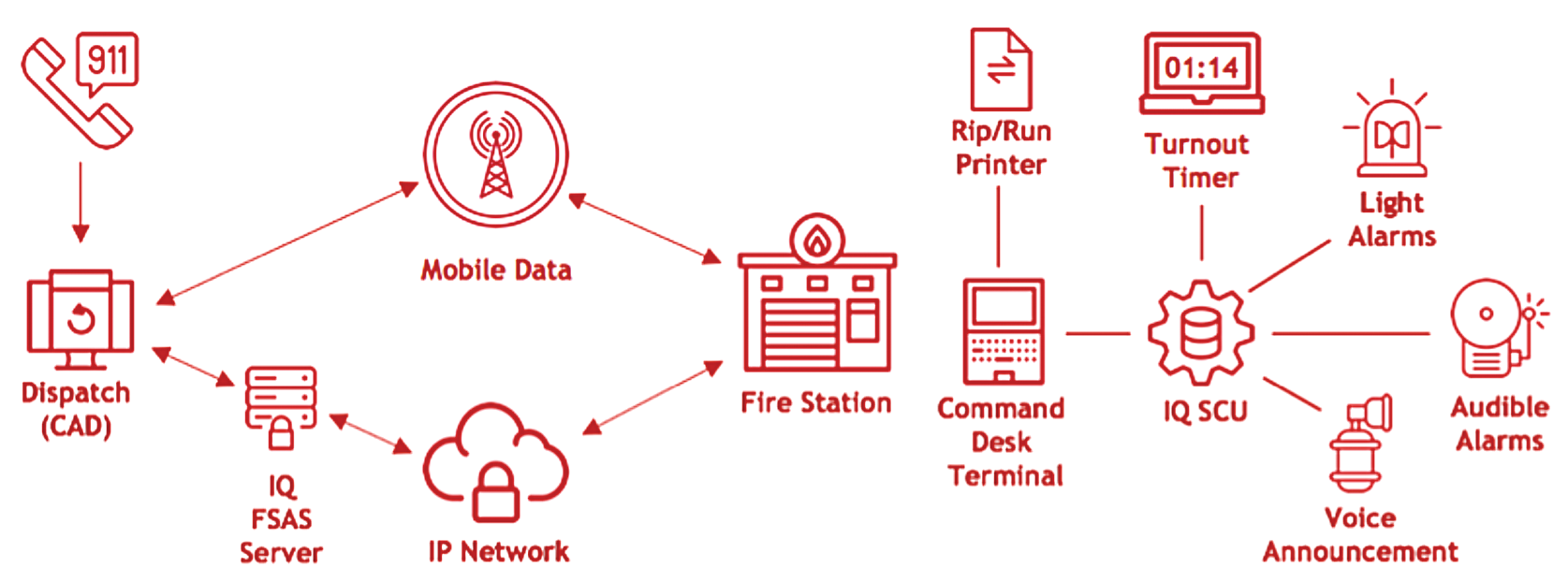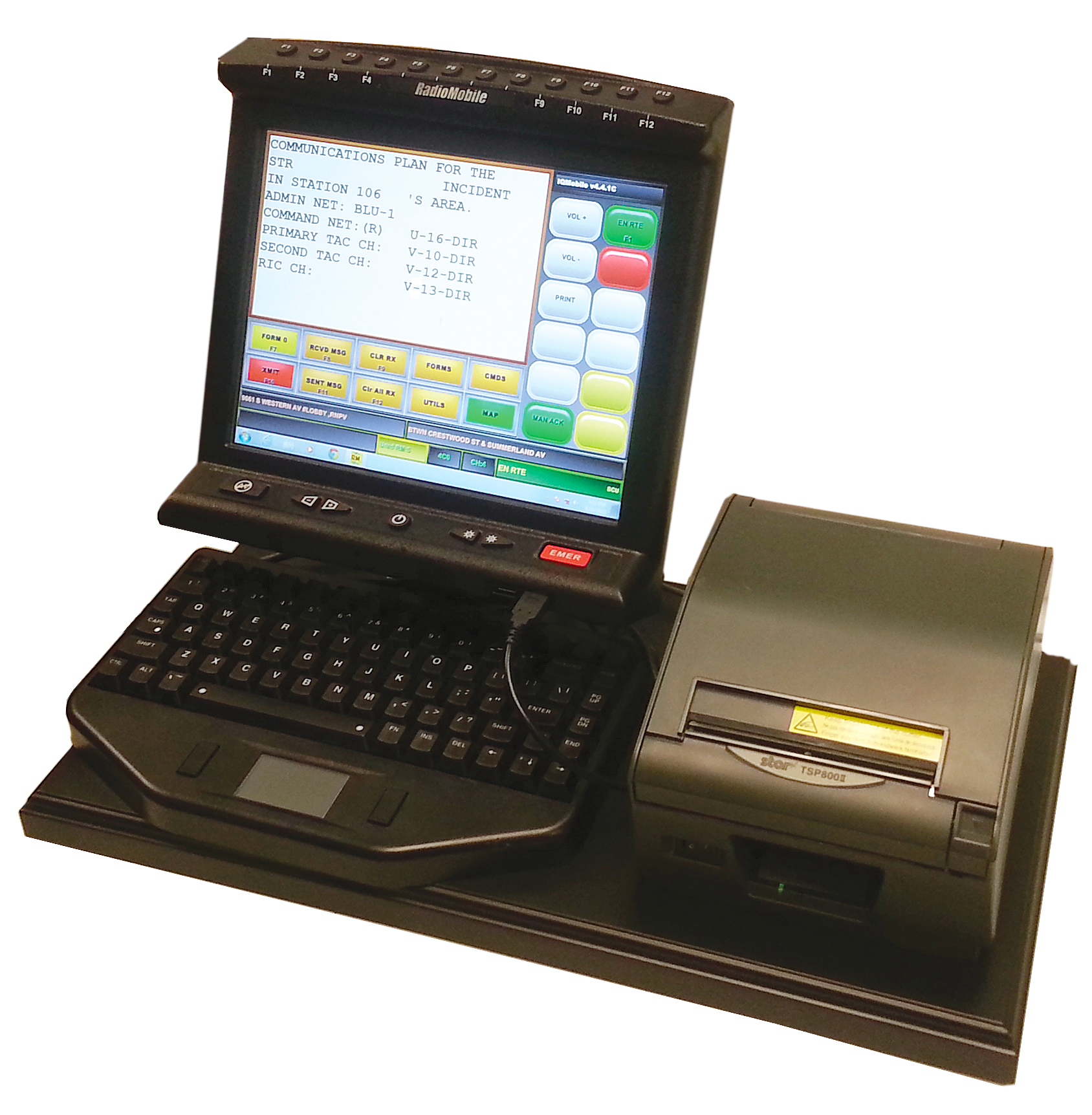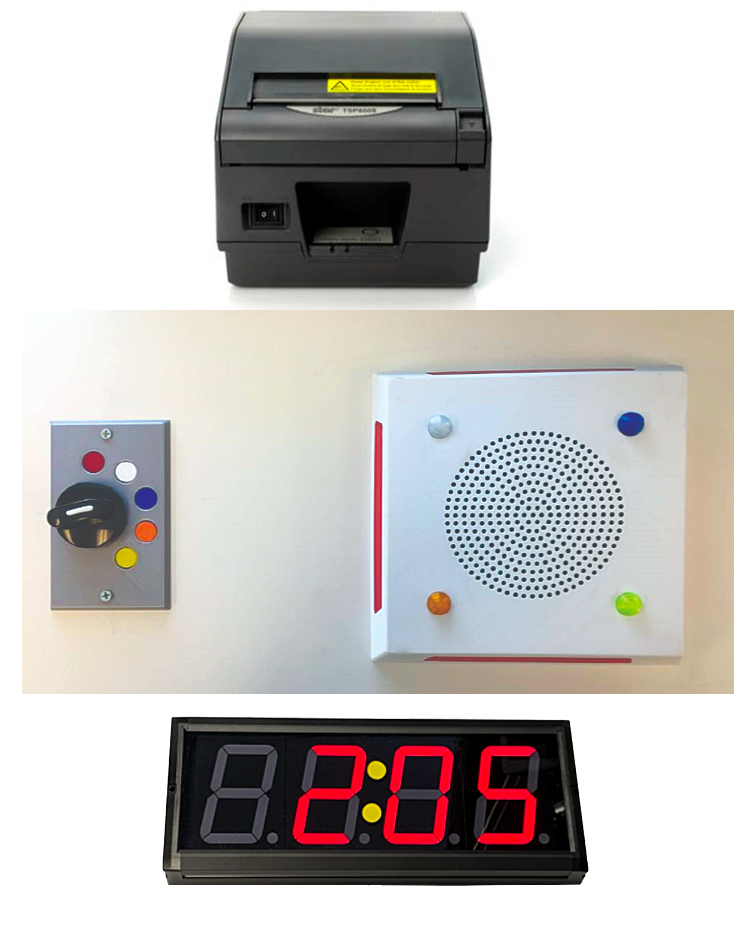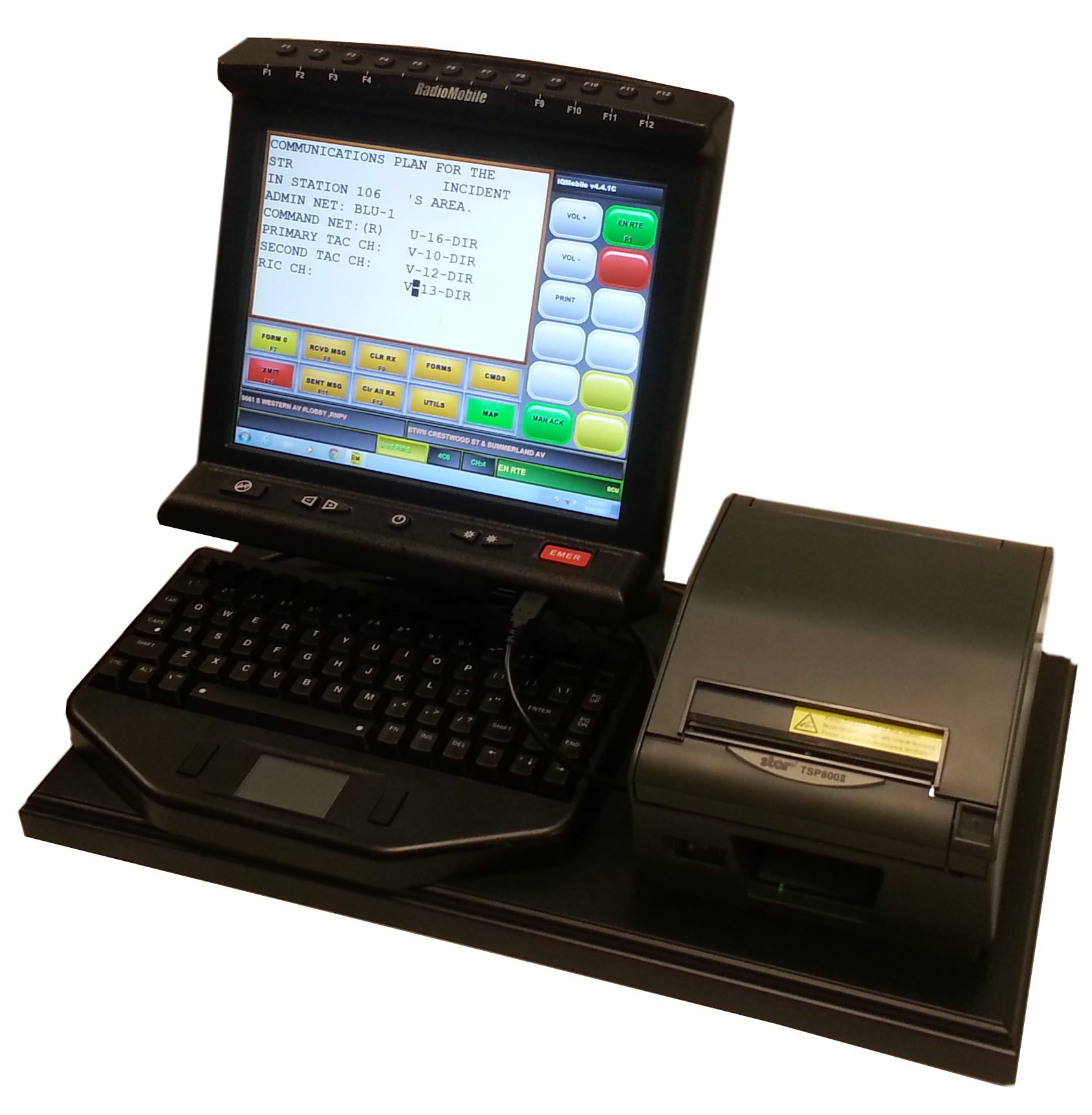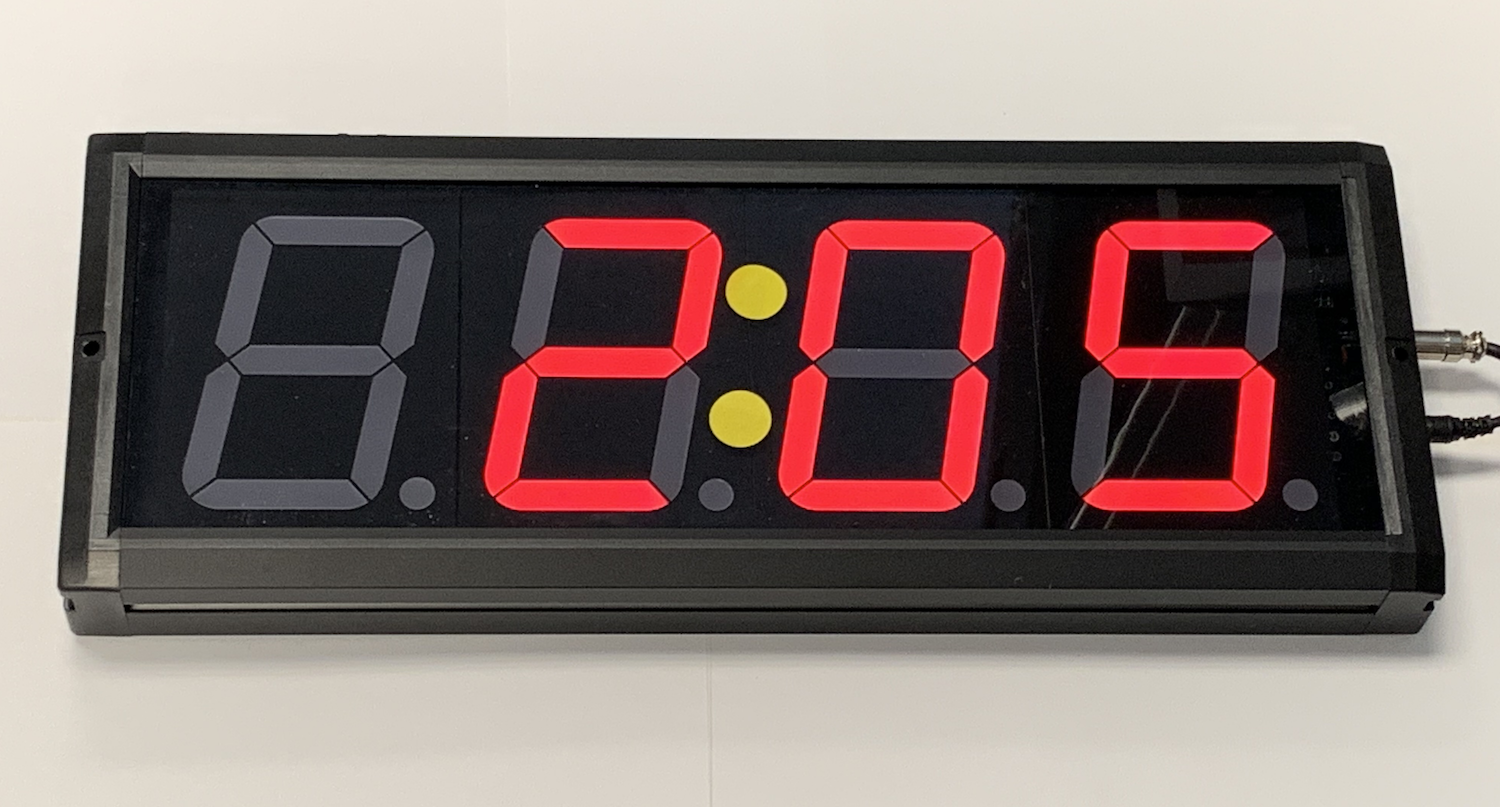FIRE STATION ALERTING SYSTEM
IQ FSAS
General Information
In fire emergencies, every second counts, and fire departments need to be alerted the moment an incident is reported for the absolute quickest response. Shortening the emergency response cycle requires a dispatch and alerting system that is not only reliable but also intuitive and easy to maintain.
RadioMobile’s IQ Fire Station Alerting System sets the standard for speed, accuracy and accountability when you need it most. It can be customized to meet your department’s needs, helping to ensure safety, streamline communication, and improve response times.

Key Benefits
- Speed – IQ FSAS helps departments meet critical response requirements by shaving valuable seconds off response times in accordance with local policies and NFPA.
- Accuracy – IQ FSAS makes certain that everyone responding to a dispatch has the exact details of the incident regardless of their location.
- Accountability – IQ FSAS seamlessly integrates with RadioMobile’s in-vehicle mobile data computers (MDCs), so supervisors and responders know the exact location and status of emergency apparatus and personnel at all times.
- Flexibility – IQ FSAS is an end-user programmable system with customizable alerting. Lights and tones or voice messages can identify each apparatus required for the call. Tones, voice messages, and colored lighting are used to identify only the exact emergency apparatus and personnel who need to respond.
- Interoperability – IQ FSAS interfaces with multiple CAD systems, CAD vendors and dispatch centers allowing you to alert other agency stations and vice versa. IQ FSAS optimizes connectivity over multiple networks and types including IP, LTE, LMR and satellite.
Features
The IQ FSAS is a fully automated, digital fire alerting system capable of interpreting and converting CAD dispatch data into Fire Station actions such as alert tones, lights, message displays, dispatch voice, etc. Below is a list of key features.
- Reduces dispatch-processing time by sending digital alert data over a high-speed network
- Notification of multiple stations simultaneously in less than a second
- Automated text-to-speech voice announcements, with the goal of reducing critical response times
- Direct interface with most Computer-Aided Dispatch systems (CAD) allows for two-way communications and status updates
- Manual dispatch backup options available allowing for alerting in the event CAD is unavailable
- Interfaces with multiple CAD systems, CAD vendors and dispatch centers allowing you to alert other agency stations and vice versa
- Receive a positive acknowledgment at dispatch that the alert was successful
- Automatically log and time stamp all system events, alarms and dispatch operator actions for post analysis
- Multiple data communication links mean that an alert will get through even if one link is down
- Automatic monitoring and notification of system health gives you the confidence that the system is ready to perform
- Multiple levels of system redundancy thanks to 100% independent backup alert option
- Continuously and automatically monitors and records system status and issues spoken warnings on equipment concerns
- All alarms and events are time and date-stamped, stored, and available for review and printing
- 24 hours uninterruptible battery power (UPS) in the event of power loss allowing alarm sequences to continue to be received
- Incident details are simultaneously displayed on the Command Desk Terminal, LCD monitors and spoken over station speaker system
- Alerts, triggers, actions, sequences, tones, timers can be easily configured locally
- Unlimited user-defined response sequences
- User-defined tones and voices
- Custom alert tones by type of alert
- Easily scheduled pre-recorded voice announcements
- Controls station lighting during an alert sequence
- Ability to strobe in high noise environments or to attract attention
- Provides ramped night vision supported lighting for nighttime dispatch.
- Day/night operation of an outside light and speaker may be controlled independently from other station equipment
- Up to six audio inputs
- High-power audio amplifier drives station overhead speakers during an alert.
- Integration with station appliances, bay doors and other devices during an alert sequence.
- Optional rip-n-run printer prints complete incident details in less that one second
- Optional turnout timer provides elapsed time to measure and improve time-out-of-station
- Heart-saver alert tone precedes all alerts
- Zone control alerts (lighting and audio) only the crew(s) and/or spaces needed for the call
- Provides colored indicators to confirm dispatched equipment types
- Crew room controller configures system to which crew is occupying that shift
Dispatch Operations
- Alerts/triggers/actions/sequences/tones/timers can be configured locally
- Simulation and test capability of alerts/actions
- Command desk terminal provides instant detail for the call with rip-and-run printer showing first directional turns out of the station
- Text-to-voice alerts and dispatch calls
- Integrates to various CAD systems
- Call history tracking and recording
Communications System
- Standalone operation for primary or backup dispatching
- Connectivity via multiple network types
- Reliability and speed of data transmission improve overall agency performance
- Open to integration with other systems and technologies
Station Equipment
- Software-defined features and expandability
- Configuration updates managed by centralized administration through network
- User-defined tones/voices
- Unlimited configuration sequences
Station Zoning
- Additional display screens throughout the station showing dispatch and status
- Hard-wired input/output (I/O) triggers
- I/O Expansion capability
- Turnout timer provides elapsed time to maintain/improve time-out-of-station
- Integrates with mobile data software for seamless operation
- Zone control alerts only the crew(s) and/or spaces needed for the call
- Dorm room controller configures system to which crew is occupying that shift
- Legacy end-of-life (EOL) system emulation and replacement
Effectiveness
Reliability
Customization
Extensibility
Flexibility
Core Components
The IQ FSAS high-level system diagram below demonstrates a basic system configuration consisting of the dispatch center (911/CAD), the communication networks, one or more fire stations, and the IQ Station Control unit (SCU) and the corresponding peripherals.
IQ FSAS Basic System Configuration
IQ STATION CONTROL UNIT
The IQ Station Control unit (SCU) is the core of the IQ FSAS. The SCU utilizes IP-based or LMR-based digital communications, I/O for external control, PA for driving speakers, and a Command Desk terminal for user interface. An integrated UPS supplies backup power for up to 24 hours of operation. It is expandable and customizable to meet customer needs.
VIEW FEATURES
- Alert message decoding from public or private wireless systems Relay controlled outputs (general purpose use)
- Opto-isolated inputs (alert switches, indicators, doorbell, etc.)
- External audio inputs (telephone interface, mic input, lMR radio inputs, PA inputs)
- Speaker zones (independently selected audio zones)
- Reports status (AC failure, battery low, etc.)
- Customizable codes compatible with agency’s current alert system
- Configurable controller and Windows-based terminal provide user-defined functions
- 150-watt audio power amplifier feeds 4,8 ohm or 70v speaker with individual volume control
- Display and keyboard manage dispatch and messaging • Backup battery power capability • Ability to drive remote display terminals via ethernet
- 4” thermal printer with one-second print speed • Multiple configuration settings can be stored by authorized personnel (including default setting)
- Three wireless radios for voice, tone alert and data messaging use
COMMAND DESK TERMINAL
Typically located in the supervisor’s office or command location, this Windows-based computer runs the application to execute user-defined sequences for each incident type or message. These sequences contain step-by-step commands to the IQ Station Control Unit as well as prerecorded voice messages for equipment status such connection status, main power status and other conditions, like an incoming phone call or paging.
VIEW FEATURES
- Touch screen interface for ease-of-use
- Rip and Run Printer
- Battery backup supply
- Reports status and failures
- Can drive additional remote displays
- Browser-based mapping capabilities and GIS integration
COMMAND DESK TERMINAL
Typically located in the supervisor’s office or command location, this Windows-based computer runs the application to execute user-defined sequences for each incident type or message. These sequences contain step-by-step commands to the IQ Station Control Unit as well as prerecorded voice messages for equipment status such connection status, main power status and other conditions, like an incoming phone call or paging.
VIEW FEATURES
- Touch screen interface for ease-of-use
- Rip and Run Printer
- Battery backup supply
- Reports status and failures
- Can drive additional remote displays
- Browser-based mapping capabilities and GIS integration
Optional Components
RIP-N-RUN PRINTER

A printer with 4” paper that immediately prints out the dispatch information in less than a second. the printer guarantees that responders have the exact detail of the incident available to them as they are heading out the door.
TURNOUT TIMER

A digital, count-up timer that is started when dispatch or incident is received. It can be set to stop at any point during a normal incident sequence condition based on requirements.
REMOTE DISPLAYS
Remote displays may be added to the IQ FSAS to display incoming dispatch messages in a variety of locations. Features include:
- 12-inch high-bright with dimming capability
- 12-volt DC or wall-mounted A/C adaptors
- Ethernet interface
IQ FSAS SERVER
This optional, Windows-based server handles data between one or more CADs using IP communications that generate the proper formatted incident messages to the fire station’s Command Desk terminal over wired or wireless IP networks are. the server also logs information such as location data and reports.
BACKUP COMMAND SYSTEM
This optional system provides a failsafe for ensuring that dispatches are received in the event of a problem with the primary station control unit. Features include:
- Provides backup capability with limited functionality
- Wireless voice radio with two-tone alert capability
- In-house backup speaker to sound alert tones
- Self-contained backup battery
CREW ALERT INDICATOR MODULE

A light fixture that contains a speaker, bright LED illumination and colored LEDs that indicate the required crew for response. A selector placed like a wall switch at the room door allows personnel to select the type of crew occupying that room, so they are only alerted when dispatched. Features include:
- Response unit identifiers (colored LEDs)
- Eye saver lighting bars
- Speaker
- Multi-position response unit selector switch
Seamless Integration
MOBILE DATA COMPUTERS
IQ FSAS seamlessly integrates with RadioMobile’s ruggedized, in-vehicle mobile data computers, so supervisors and responders know the exact location and status of emergency apparatus and personnel at all times.
VIEW FEATURES
-
Touch screen interface for ease-of-use
-
Resistant to wear and tear during the toughest of conditions, making it ideal for in-vehicle use
-
Powerful i5 processor with 16GB of RAM and 1 TB solid state drive for operational efficiency
-
High bright multi-touch screen display for clarity and accuracy even in daylight
-
12 programmable, LED backlit function buttons to emulate
-
Fanless with no moving parts
-
Flush mountable in any vehicle hassle-free with a VESA 75 mounting pattern
-
Ethernet, WiFi, USB and Bluetooth connectivity
-
HDMI output for optional secondary screen
-
Mapping capabilities and GIS integration
MOBILE DATA COMPUTERS
IQ FSAS seamlessly integrates with RadioMobile’s ruggedized, in-vehicle mobile data computers, so supervisors and responders know the exact location and status of emergency apparatus and personnel at all times.
VIEW FEATURES
-
Touch screen interface for ease-of-use
-
Resistant to wear and tear during the toughest of conditions, making it ideal for in-vehicle use
-
Powerful i5 processor with 16GB of RAM and 1 TB solid state drive for operational efficiency
-
High bright multi-touch screen display for clarity and accuracy even in daylight
-
12 programmable, LED backlit function buttons to emulate
-
Fanless with no moving parts
-
Flush mountable in any vehicle hassle-free with a VESA 75 mounting pattern
-
Ethernet, WiFi, USB and Bluetooth connectivity
-
HDMI output for optional secondary screen
-
Mapping capabilities and GIS integration
